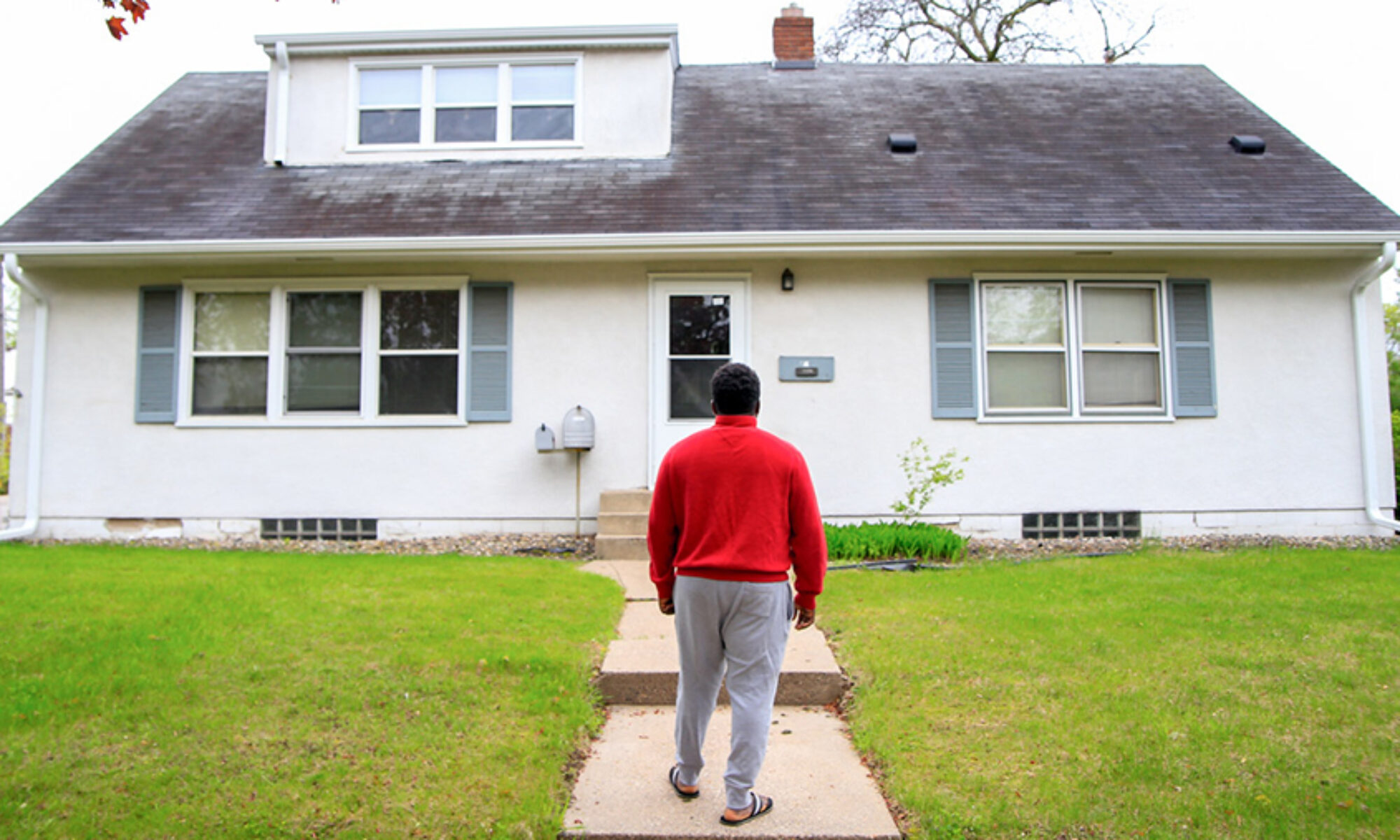Sarah Miller, founder of Jonathan House, tells the behind-the-scenes wonders of how Jonathan House went from thought to action. Miller calls the idea the ‘pie in the sky,’ a little out of reach, but attainable with faith and prayer.
By Tatiana Lee, Guest Author

Did you miss the other installments? Catch up with A Hopeful Haven: Part 1 and A Hopeful Haven: Part 2.
Resourcing The Vision
Miller was talking about Jonathan House everywhere she went, praying and asking God to provide. “I had to identify the personnel that would be needed. I knew I needed a full-time staff and one part-time staff, or something like that. The Jonathan House proposal also included a goal of raising 45,000 dollars to set-up and operate Jonathan House for 18 months,” said Miller. “Resources are what I was faced with, and I was the only person. I just thought, ‘Great, God. Now what? It felt huge.”
So, first, how to meet the funding goal: $45,000?
A couple that financially supported IAFR heard of the project and donated the first $600. It was a start, Miller explained. A donation that made funding for Jonathan House come alive.
One particular Saturday in September 2016, Miller went to a writing workshop in St. Paul. During the lunch break, Jonathan House became a topic of discussion. Another woman attending the writing class perked up at the mention of asylum seekers. Her visible interest caught Miller’s eye. Miller and the woman, SJ Holsteen, decided to meet a week later.
Holsteen volunteered to help write the first fundraising campaign that November. The online giving campaign exceeded its goal of raising 10% of the launch funds and helped give momentum to the project. Holsteen and Miller collaborated on grant proposals that also helped provide initial funds.
December of 2016 brought a couple that were working with asylum seekers in Sicily for 3 months. Josh and Jen Levin, heard of the project, met with Miller and joined IAFR to start Jonathan House.
“I never even got to recruit anyone; God just brought them,” said Miller.
During the summer of 2017 Miller continued to receive calls from organizations with asylum-seeking clients in need of housing, asking if Jonathan House had launched yet. Then Miller went to the conference in Texas and received the ultimate starting sign from Ashley Freeman, the founder of another asylum seeker housing ministry, DASH Network. Freeman ended the conversation asking, “What are you waiting for?”
The Vision Realized
After coming back from Texas, Miller met with Holsteen and the Levins to plan out and launch the vision. The first goal on the timeline for Jonathan House was to have a signed lease for a two bedroom apartment by September 1, 2017. Miller began looking on Craigslist. 24-hours within searching for a place to call Jonathan House, Miller got a call from Jenna Daniels, the Pastor for Awaken Community Covenant Church, St. Paul.
Daniels had previously been involved with helping spread word of Jonathan House. She called Miller to tell her about an opening for a house apartment owned by another Covenant church. Miller set up a meeting with Anne Vining, Pastor of First Covenant Church. Vining explained that the church had actually been hoping to have the apartment rented by September 1. They fast tracked the meetings, partnerships and lease agreement. Miller had the key in hand for the two-bedroom apartment by September 9.
The same week, before the lease with First Covenant was even signed, an email came through the MN Asylum Network about a house up for lease through St Stephanus Lutheran Church in St. Paul’s Frogtown neighborhood. Miller began talking with the St Stephanus church council; it took a year of planning and raising additional funds, but Jonathan House opened the Frogtown site in early 2019. Both of these sites are in partnership with a local church, which is one of the highest values for Jonathan House.
“We didn’t even have to go looking for church partners; they came to us,” said Miller.

The metaphor Miller used to explain the concept of Jonathan House was the “pie in the sky.” It all seemed like such a far reach. But the whole project was God bringing the personnel, the locations and the resources. All of it.
“For a good year there, my theme was God being all about pie in the sky,” said Miller.
Jonathan House is the first supportive housing program in Minnesota designed specifically for and uniquely serving asylum seekers. In the three years of its operation, it has provided shelter to 17 men, women and children going through the asylum process. Seven individuals have moved on from Jonathan House into stable employment and housing.
Miller ended the interview sharing that through the entire process, “We are not the saviors. We have to trust in God.”
He is the great savior and just as Miller said before, the pie in the sky.




